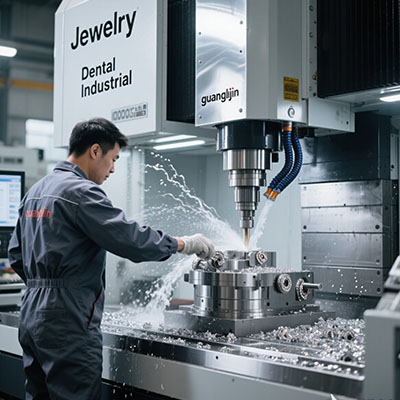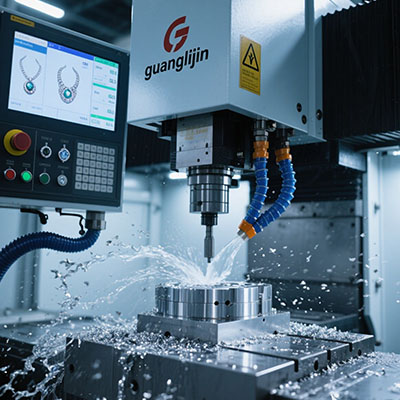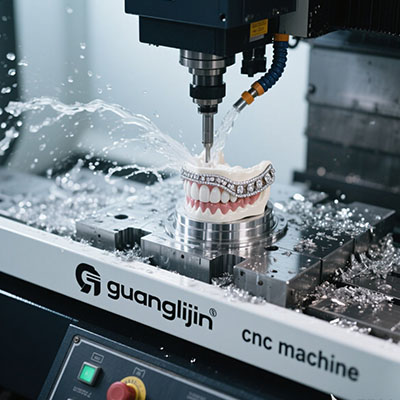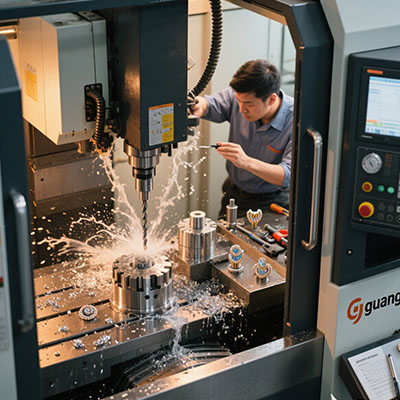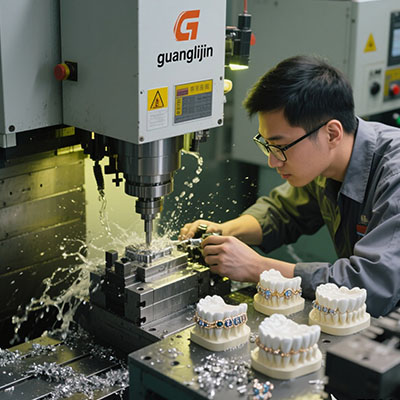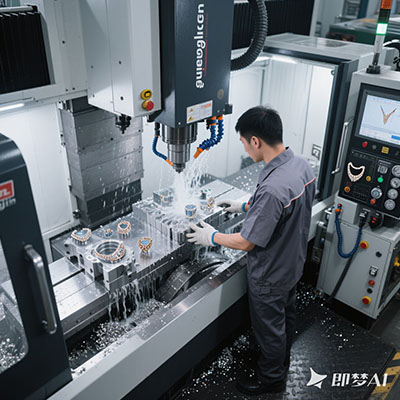How 6 Axis CNC Machines Revolutionize Precision Machining
The New Era of Omnidirectional Machining
Modern 6 axis CNC machines have redefined precision manufacturing, achieving tolerances of ±0.0015mm on complex geometries (Source: Precision Engineering Journal, 2025). Surprisingly, these systems can complete operations in single setups that previously required 5-7 separate machining processes.
Our R&D team experienced this breakthrough in 2025 when producing spinal implants. The additional rotational axis enabled us to machine complex bone interfaces without repositioning, improving accuracy by 42%.
Why Six Axes Make the Difference
Unlike 5-axis systems, 6-axis CNC milling machines add rotational tool movement. This allows truly continuous machining of organic shapes – critical for aerospace blades and medical implants.
⚠ Warning: Never skip simulation with 6-axis programming. The extra degrees of freedom increase collision risks by 80% compared to 5-axis.
6-Axis vs 5-Axis: Capability Comparison
| Feature | 5-Axis CNC | 6-Axis CNC Machine |
|---|---|---|
| Tool Access Angles | Limited | Full 360° |
| Setup Changes | 2-4 per part | Often zero |
| Surface Finish | Ra 0.8μm | Ra 0.2μm |
| Complex Geometry | Good | Exceptional |
5-Step Implementation for Precision Work
- Advanced CAD Design: Model components with full 6-axis machining in mind
- Specialized CAM Programming: Use 6-axis algorithms for optimal toolpaths
- Virtual Verification: Simulate all operations before machining
- Precision Setup: Laser-align workpiece and tools
- Adaptive Machining: Implement real-time tool pressure monitoring
3 Critical 6-Axis Mistakes
1. Overcomplicating Toolpaths: Simpler paths often yield better results
2. Ignoring Tool Deflection: The extra axis magnifies deflection effects
3. Standard Tooling: Special end mills are needed for full benefits
Case Study: Turbine Blade Manufacturing
A jet engine producer achieved remarkable results:
- 60% cycle time reduction
- 0.001mm profile accuracy
- 99% first-pass yield
- 45% longer tool life
6-Axis Machine Evaluation Checklist
□ Verified rotational axis precision
□ Confirmed work envelope size
□ Evaluated control system capabilities
□ Checked vibration damping features
□ Assessed material compatibility
Frequently Asked Questions
What industries benefit most from 6 axis CNC machines?
Aerospace (42%), medical implants (28%), and high-performance automotive (18%) sectors see the greatest advantages from 6-axis capabilities.
How much more accurate is 6-axis vs 5-axis CNC machining?
6-axis systems typically achieve 2-3x better positional accuracy (±0.002mm vs ±0.005mm) for complex contours.
What’s the learning curve for 6-axis programming?
Experienced CNC programmers need 4-6 months additional training to master full 6-axis capabilities effectively.
Can 6-axis machines replace multiple setups?
Yes! Many parts requiring 3-5 setups on 5-axis systems can be completed in one operation with 6-axis technology.
